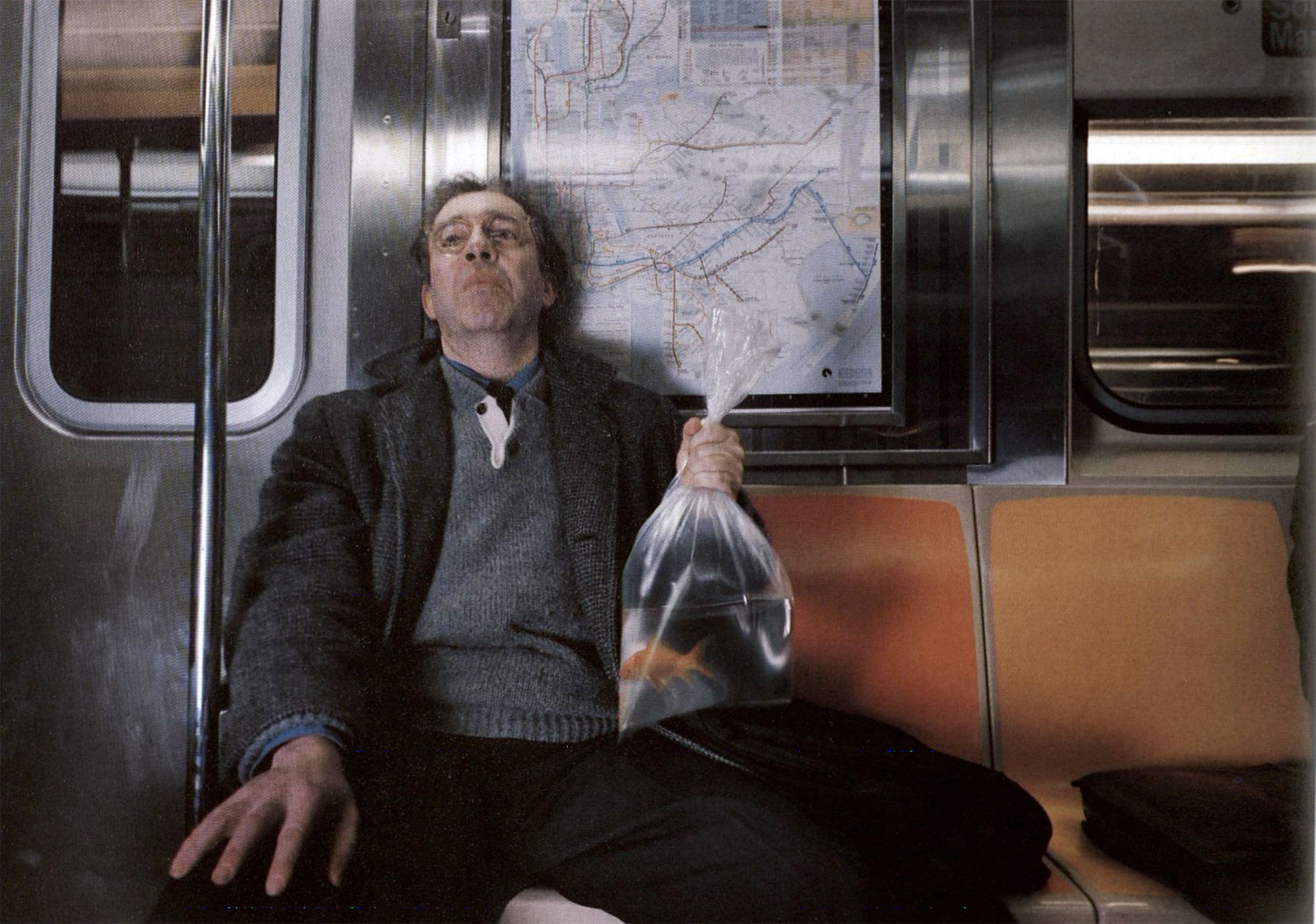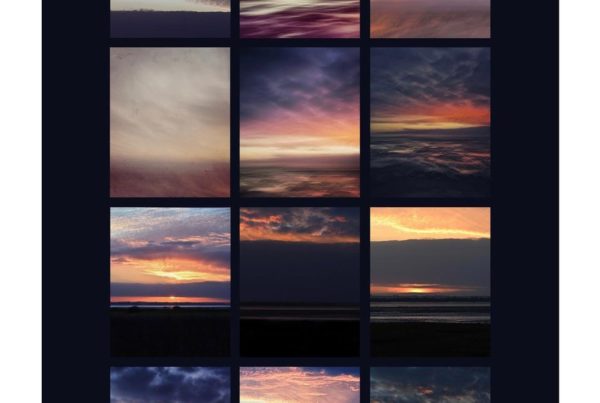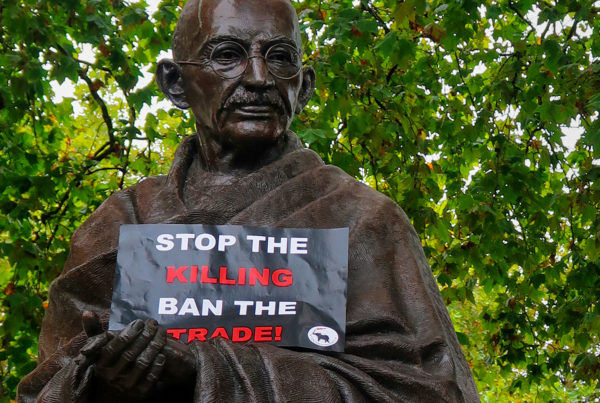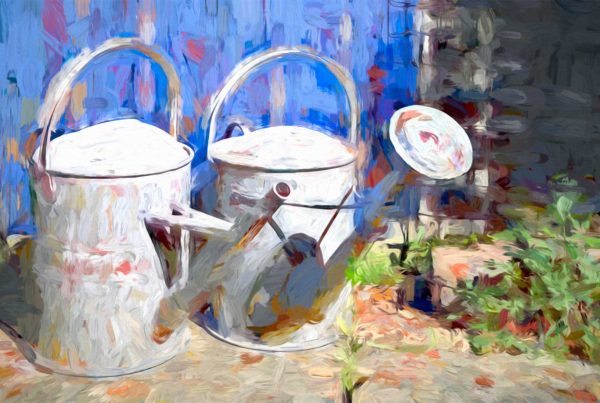– A quick review –
Museum of Modern Art’s online course, “Seeing Through Photographs” as taught by MOMA Department of Photography Curator Sarah Meister.
“Although taking, sharing, and viewing photographs has become second nature for many of us, our regular engagement with images does not necessarily make us visually literate. This course aims to address the gap between seeing and truly understanding photographs by introducing a diversity of ideas, approaches, and technologies that inform their making. In this course you will look closely at photographs from the collection of The Museum of Modern Art and hear a variety of perspectives on what a photograph is and the ways that photography has been used throughout its nearly 180 year history: as a means of artistic expression, as a tool for science and exploration; as an instrument of documentation; to tell stories and record histories; and as a mode of communication and critique in our ever increasingly visual culture.”
Learning Objectives
• Develop skills to better examine and understand the differences between photographs and photographic images.
• Discover how context influences the production, circulation, and reception of photographic images.
• Learn about different modes of artistic and technological experimentation and innovation in photography.
• Investigate photography’s role in our increasingly visual culture.
Using works from The Museum of Modern Art, the six-week course helps you learn to look critically at photographs and explore the gap between seeing and truly understanding.
Each week focuses on a particular topic beginning with observing the ways photography has been used to capture the moon. Following weeks covered documentary photography, people, constructing narratives, and contemporary culture, ending with a weekly multiple-choice quiz.
The final peer-reviewed project asked for a selection of 2-3 photographs from a week that interested you, using them to write about issues, ideas, and how the week changed or complicated your understanding of photography. I particularly enjoyed week 4, ‘Pictures of People’, which explored the development of portraiture and self-portraiture and the placement of people within their environment.
My essay entitled ‘From the posed, to the unposed – Emotionally attached or detached’ explored the work of Alfred Stieglitz, Katy Grannan, and Philip-Lorca diCorcia. Their work encouraged me to think more deeply about capturing portraits within the genre of street photography. For example, what is seen as public and private? How to use an image to convey a story without exploiting the person involved. How does a photographer achieve their creative inspiration and thought process?
I enjoyed the course and finished with a 100% score.
I suppose the course could be skipped through, multiple-choice questions guessed, and a brief essay provided, but there is so much to discover, and the individual would miss out on an incredible catalog of work and invaluable reference material. Why finish the course feeling uninspired or not discovering a plethora of new worlds? It would certainly be a pointless exercise.
Thank you MoMA


Pictures of People
Darsie Alexander: Posed to Unposed: Encounters with the Camera
Peter Galassi: Walker Evans & Company / Photography is a Foreign Language / Introduction to Nicholas Nixon: Pictures of People
Katy Grannan: San Francisco Bay Area
André Adolphe-Eugène Disdéri / Tina Barney / Phililp-Lorca diCorcia / Walker Evans / Katy Grannan / Frances Benjamin Johnston / Zanele Muholi / Nadar / Nicholas Nixon / August Sander / Alfred Stieglitz / Akram Zaatari
Documentary Photography
Eugène Atget / Dorothea Lange / Zoe Leonard / Susan Meiselas / Boris Mikhailov / Rabih Mroué / Gordon Parks
Constructing Narratives & Challenging Histories
Joseph Albers / Iñaki Bonillas / Felice Beato / Harry Callahan / Sarah Charlesworth / Thomas Demand / Harrell Fletcher / Walid Raad / Cindy Sherman / Hank Willis Thomas / Wolfgang Tillmans / Carrie Mae Weems
Photography & Contemporary Culture
Lucas Blalock / Katharina Gaenssler / Robert Heinecken / David Horvitz / Anouk Kruithof / Martha Rosler / Thomas Ruff / New Photography
Header : Igor – Philip-Lorca diCorcia 1987
